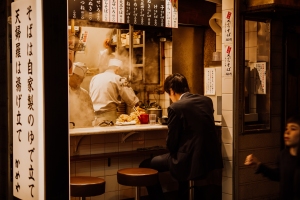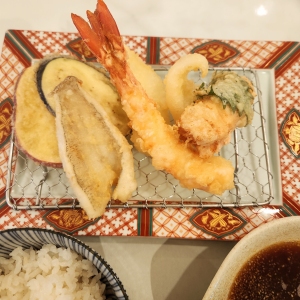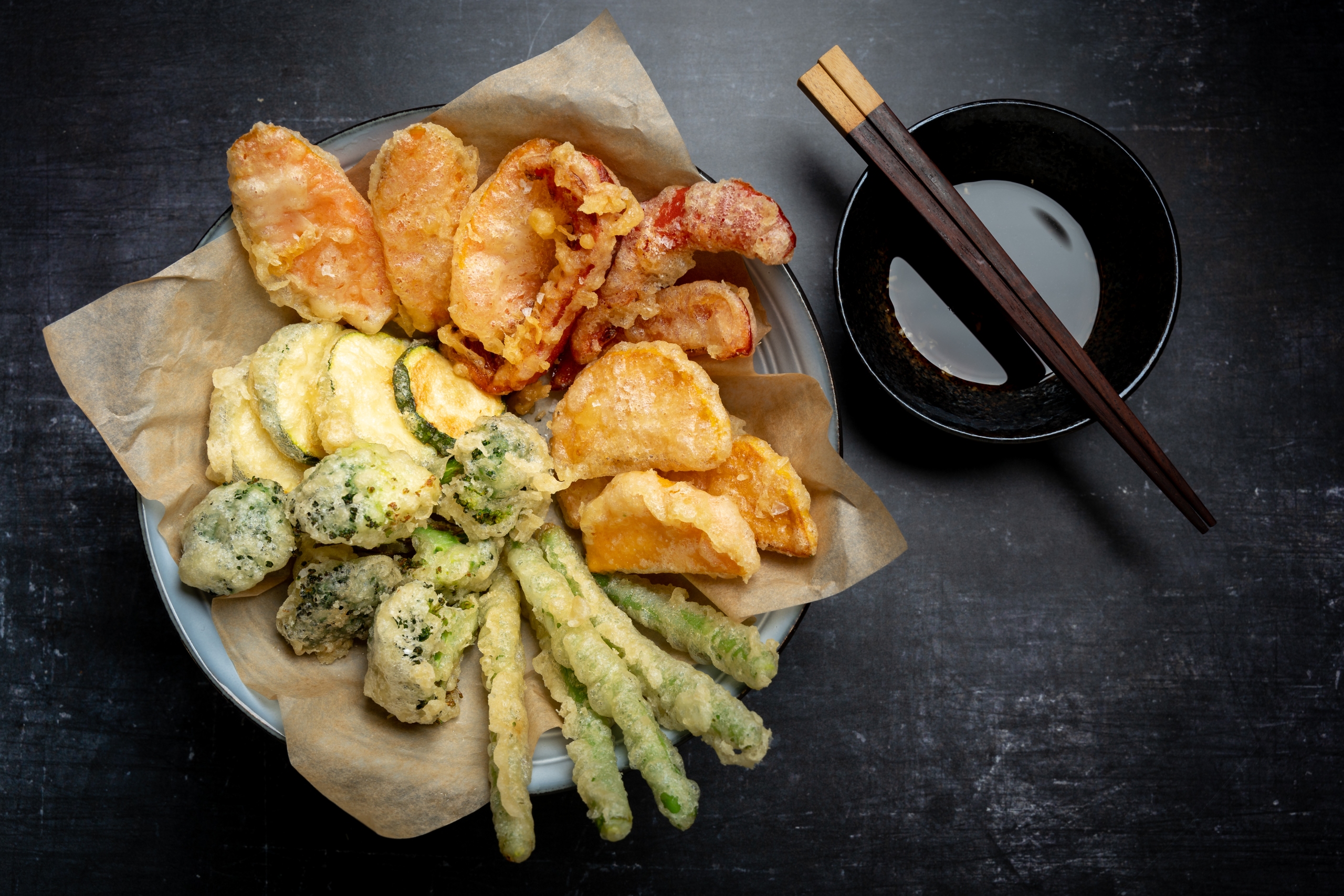Celebrated worldwide as a refined expression of Japanese culinary artistry, tempura’s origins trace back not to Zen temples or Edo-period innovations, but to the fasting traditions of 16th-century Portuguese missionaries. The dish now revered for its crisp delicacy began as a practical solution to a religious restriction.
A Dish Born from Abstinence
In Tokyo’s kitchens, chefs in pristine white garments dip tempura into hot oil with practiced precision. The result—a light, golden crust encasing tender vegetables or seafood—is widely regarded as a culinary ideal. Yet, this Japanese staple has roots in the Catholic liturgical calendar.
The term “tempura” stems from the Latin quattuor tempora, or Ember Days—seasonal days of fasting and abstinence observed four times a year. During these periods, meat was forbidden, prompting cooks to find satisfying alternatives. One such innovation was peixinhos da horta, meaning “little garden fish,” a name given to battered and fried green beans that resembled small fish. Designed to nourish the faithful during Lent and Ember Days, this dish balanced doctrinal requirements with the nutritional demands of long voyages.
Across Oceans: Culinary Exchanges of the 16th Century
In 1543, Portuguese navigators António da Mota, Francisco Zeimoto, and António Peixoto became the first Europeans to reach Japan. Alongside textiles and spices, they brought religious texts, theological ideas, and culinary customs. By 1549, Jesuit missionaries had established a presence in Japan, introducing not just Christian doctrine but also foreign techniques in architecture, medicine, and food.
Japan, then in the late Muromachi period, was already a society steeped in refined aesthetics and spiritual practices. The idea of transforming humble ingredients through culinary craft resonated with local traditions rooted in Zen Buddhism and Shinto. The battered vegetables of the Portuguese, though born from religious necessity, aligned with Japanese sensibilities valuing purity, transformation, and seasonality.
From Recipe to Ritual

The cultural adaptation that followed is one of the most nuanced examples of culinary hybridization. Japanese cooks did not merely replicate peixinhos da horta—they reimagined it. The original batter, dense and utilitarian, was made almost weightless. Frying methods were refined to preserve the natural taste and texture of each ingredient. Shrimp, mushrooms, sweet potatoes—each retained its identity beneath a transparent layer of crispness.
This reinvention aligned with the Japanese concept of ma, the intentional space that gives form, and mono no aware, the poignant awareness of impermanence. In tempura, these principles manifest in the ephemeral nature of its perfection—it must be consumed instantly, when texture and temperature align momentarily.
Technique as Philosophy
Precision became central to the craft. Oil temperature must stay between 160 and 180°C. Batter is mixed quickly to avoid gluten formation. Ingredients are selected with rigorous attention to freshness and seasonality. The act of preparing tempura became a meditative process, structured yet intuitive, echoing the rituals of tea ceremony or ink painting.
What began as a fasting workaround transformed into a gastronomic discipline. Tempura chefs train for years, often specializing in this single technique, their work governed by principles as exacting as those found in any traditional art form.
An Evolution of Meaning

Although tempura’s religious origins receded in Japan, a spiritual dimension remained embedded in its preparation and presentation. Where Catholic tradition once mandated abstinence, Japanese culinary aesthetics elevated restraint into art. Reverence shifted—from theological doctrine to ingredient integrity, from ritual fasting to sensory awareness.
In high-end tempura restaurants, the experience is curated with ceremonial care. Diners sit at counters in silence as the chef serves each piece one at a time, timed to retain the exact moment of ideal crispness. The chef’s white attire, the quiet atmosphere, and the deliberate gestures form a choreography of attention and respect, drawing on but not replicating sacred models.
A Bridge Between Cultures
Today, lines outside Tokyo’s renowned tempura establishments rarely suggest a connection to medieval fasting calendars. Yet the dish embodies a rare continuity—a culinary tradition shaped by religious practice in Europe and perfected in aesthetic dialogue with Japan’s spiritual philosophies.
Technically, tempura exemplifies the marriage of food science and art. The batter forms a protective seal, preserving interior moisture and enhancing exterior crispness. This method—simple in theory but demanding in execution—represents centuries of refinement.
Preserving a Living Tradition
Tempura’s story is not just about cultural transmission; it’s about creative adaptation. From its European ecclesiastical roots to its Japanese transformation, tempura illustrates how necessity, belief, and artistry can merge into a lasting culinary form. In an era of rapid globalization and culinary standardization, its history offers a model of respectful innovation grounded in context.
Each bite, then, carries more than flavor—it contains layers of exchange, adaptation, and craft. Behind the golden crust lies a transnational narrative: reminder that food, like pilgrimage, is often a journey of transformation.





